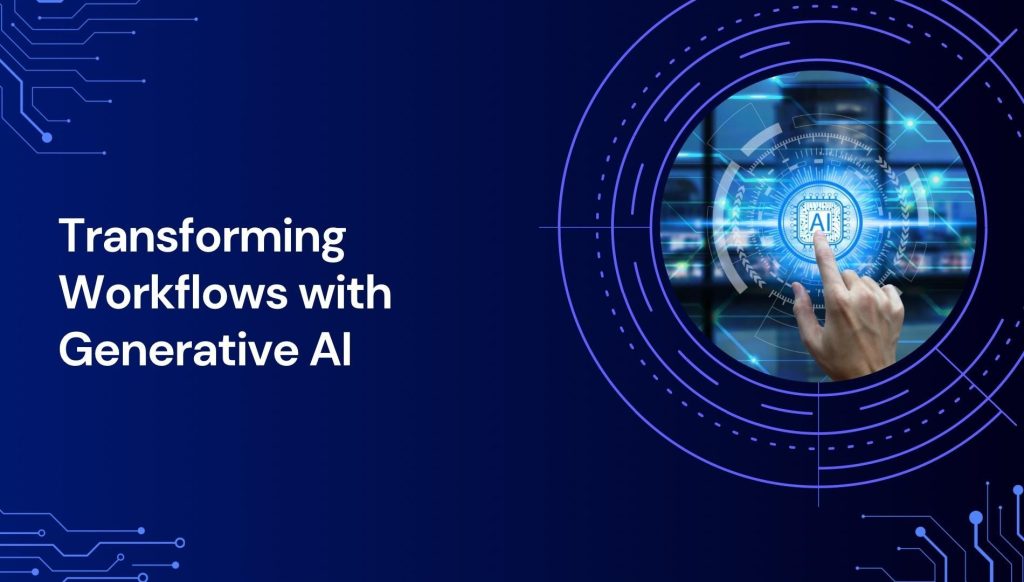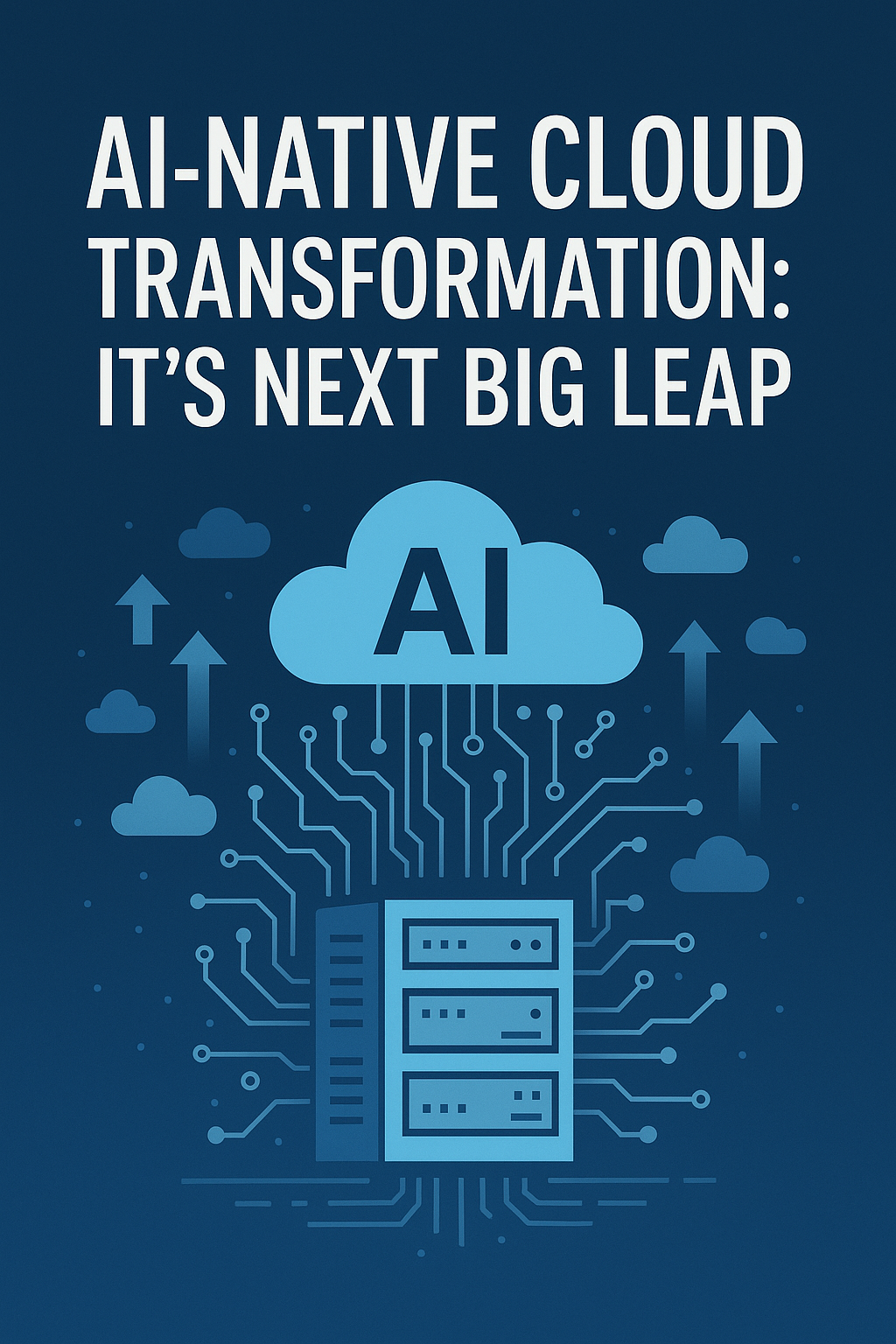The digital age is moving at a speed that often feels overwhelming. Every day, businesses face the challenge of doing more with less, while avoiding costly mistakes. That is where Generative AI comes in. Instead of running on rigid rules, it adapts, reasons, and generates new solutions. When paired with workflow orchestration, it does something extraordinary: it makes business operations smarter, faster, and better.
This article unpacks how Generative AI Workflow Orchestration works, why it matters, and the techniques companies can use to master it. We’ll also explore the rise of Generative Business Process AI Agents (GBPAs) and their role in transforming end-to-end workflows. By the end, you’ll see how these tools are not just improving productivity but reshaping the future of work itself.
Generative AI: The Engine Behind Intelligent Workflows
Generative AI is not just about creating text, images, or code. It is about understanding context, generating options, and orchestrating tasks in ways that traditional automation cannot. Imagine an AI agent in a financial firm. It detects unusual activity in a client’s account. It generates hypotheses about fraud, designs the steps for investigation, and escalates to the right human manager—all without being asked.
That flexibility is what makes Generative AI so powerful. Traditional automation handles repetition. Generative AI handles complexity. Traditional systems break when faced with exceptions. Generative AI adapts to them. Traditional workflows are reactive. Generative AI is proactive.
When businesses embed Generative AI into orchestration layers, they move beyond simple scripts. They create systems that not only follow rules but also design new ones on the fly.
Generative AI and Autonomous Workflow Orchestration
Autonomous Workflow Orchestration is the conductor of this new symphony of work. It ensures every process, system, and agent works in harmony. Instead of managers monitoring every detail, orchestration platforms coordinate tasks across departments. Sales connects to operations. Operations connects to finance. Finance connects to compliance.
Generative AI brings life into this orchestration. It doesn’t just execute; it generates. It doesn’t just follow paths; it creates them. It doesn’t just adapt once; it adapts continuously. That is why businesses embracing Generative AI Workflow Orchestration are finding themselves ahead of the curve.
Generative Business Process AI Agents (GBPAs): A New Framework
At the center of this evolution are Generative Business Process AI Agents (GBPAs). These frameworks combine decision-making with generative capabilities. They analyze goals, design workflows, and execute them autonomously. Research like FinRobot demonstrates how GBPAs can manage end-to-end financial operations—from compliance checks to portfolio balancing—without human micromanagement.
GBPAs represent more than efficiency. They represent transformation. Instead of asking “how can we make this faster,” companies can ask “how can we make this better.” The focus shifts from saving time to creating value. And that is where the magic happens.
10 Techniques for Smarter, Faster, Better Generative AI Workflow Orchestration
1. Generative AI Starts with Clear Objectives
Generative AI thrives on clarity. When objectives are vague, workflows scatter. When goals are defined, workflows align. Businesses must set measurable outcomes before deploying orchestration. Reducing errors, improving customer response times, or increasing revenue per transaction are all examples. Clear goals mean clear direction.
2. Generative AI Works Best with Human-AI Collaboration
Autonomy doesn’t mean isolation. The most effective systems pair Generative AI with human oversight. AI generates workflows. Humans validate them. AI drafts compliance reports. Humans refine them. AI proposes customer service scripts. Humans bring empathy. Together, they create a balance of precision and creativity.
3. Generative AI Learns More with Integrated Data
Generative AI is only as good as the data it receives. If workflows are fed partial or siloed information, results remain shallow. By integrating data streams—from customer profiles to supply chain metrics—AI agents generate workflows that reflect the whole picture. More context means fewer errors. More context also means more trust.
4. Generative AI Adapts Through Layered Orchestration
Not all workflows deserve the same autonomy. Some tasks can run fully without human touch. Others require checkpoints. A layered model allows businesses to mix and match autonomy levels. For example, routine invoice processing can run end-to-end. Strategic budget planning may still need approval gates. Over time, layers shift as confidence in AI grows.
5. Generative AI Builds Trust Through Transparency
Transparency is not optional. Stakeholders demand to know how decisions are made. Generative AI systems must provide explanations, not just results. Imagine a GPBA recommending a new risk strategy. It should also present the reasoning path: data sources, logic steps, and alternatives considered. Transparency builds adoption. Lack of it breeds hesitation.

6. Generative AI Improves Safely with Simulation
Deploying AI workflows without testing is a recipe for risk. Simulation environments—like digital twins—allow GBPAs to generate, test, and refine workflows before they go live. A logistics firm, for example, can test how AI reacts to supply chain disruptions. Failures happen in the simulation, not in real life. This reduces cost and protects reputation.
7. Generative AI Respects Boundaries with Compliance Layers
Autonomy without boundaries is dangerous. Generative AI must operate within compliance frameworks. That includes embedding anti-money laundering checks for finance, HIPAA rules for healthcare, or GDPR standards for data privacy. Compliance is not an afterthought; it is a foundation. With it, businesses scale responsibly. Without it, they invite risk.
8. Generative AI Evolves Through Continuous Feedback
Generative AI is not static. It improves when feedback loops exist. Workflows can be adjusted based on performance data, customer reviews, or market signals. A customer support GPBA may shift tone after noticing a drop in satisfaction scores. A supply chain GPBA may re-route logistics after weather delays. Feedback creates growth.
9. Generative AI Connects Teams Across Silos
Departments often operate like islands. Generative AI Workflow Orchestration builds bridges. It links marketing campaigns to inventory forecasts. It connects sales promotions to logistics schedules. It ties compliance reporting to finance audits. The result is less waste, fewer surprises, and more synergy.
10. Generative AI Measures ROI Beyond Speed
Speed is important, but it’s not the only metric. Generative AI must be measured by its impact on creativity, risk reduction, and customer satisfaction. Does it free employees from repetitive tasks? Does it reduce compliance penalties? Does it improve customer loyalty? ROI should reflect long-term value, not just immediate efficiency.
Generative AI and the Human Side of Work
Generative AI does not replace human ingenuity; it amplifies it. Employees spend less time chasing errors and more time innovating. Teams focus less on administration and more on strategy. Work becomes not only faster but more meaningful.
Generative AI creates new questions, too. How do we ensure ethical use? How do we retrain employees for new roles? How do we preserve human creativity while machines orchestrate workflows? These questions are not obstacles; they are opportunities for reimagining work.
Conclusion: Generative AI is Smarter, Faster, Better
Generative AI, when embedded into workflow orchestration, marks the next leap in enterprise transformation. It creates systems that are smarter because they adapt, faster because they anticipate, and better because they generate value. With frameworks like GBPAs, businesses no longer automate only the easy tasks. They orchestrate entire processes end-to-end.
Generative AI is not a passing trend. It is the future of work. Companies that embrace it today will not only move faster but also set new standards for resilience and creativity. They will discover that automation is not about replacing people but about giving them the space to do what only humans can: imagine, innovate, and inspire.




